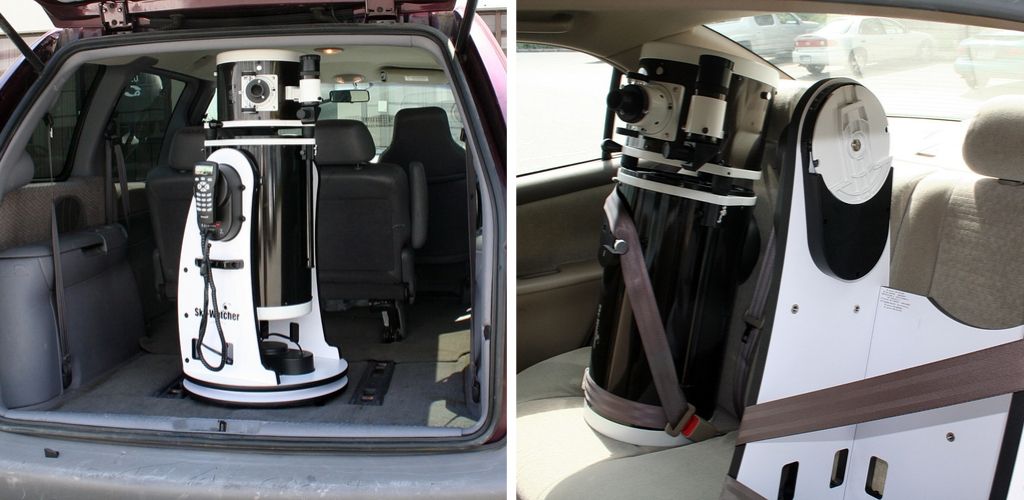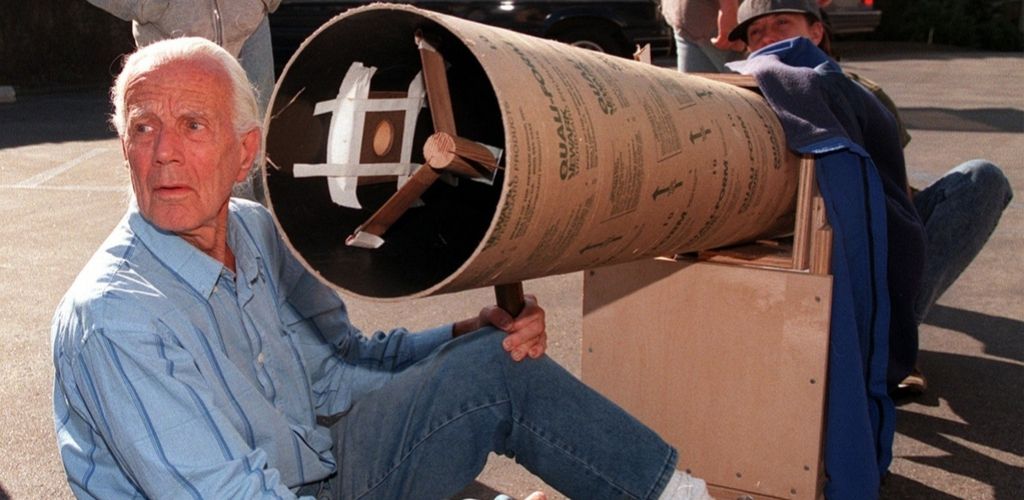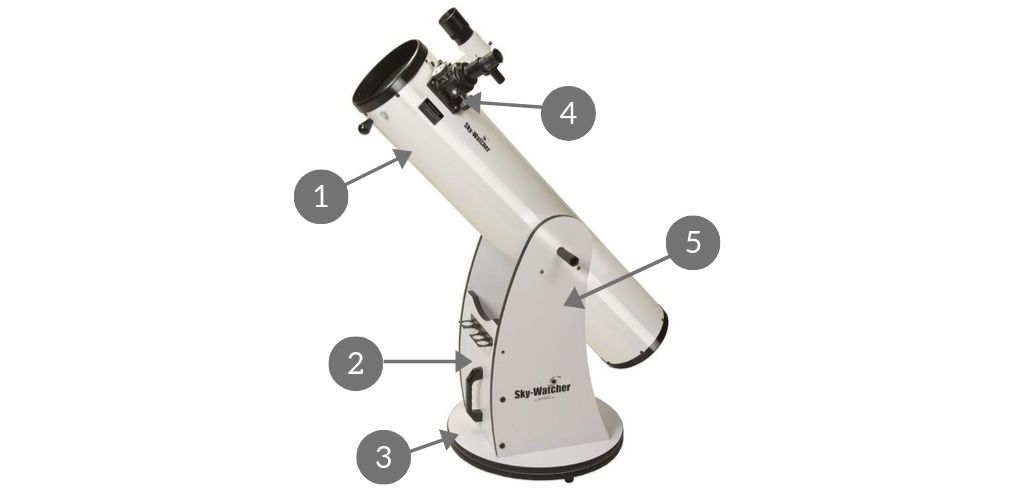
The Dobsonian telescope, a cheaper way to practice astronomy
The Dobsonian telescope is a reflecting telescope mounted on an azimuthal or altazimutal mount. It is the mount that differentiates it from other types of Newtonian reflectors.
Dobsonian telescopes are very popular for both beginners and experienced astronomers. They are good value for the aperture, so if you want to look at fuzzy and faint objects and you have a limited budget, they might be suitable for you. They are usually easily transportable. They can also be very cheap since you can build one yourself if you are talented. Eyepieces are commercially available, so you can create your own mirrors !

On the other hand, they are not so good if you are considering astrophotography and you have to know how to get your bearings in the sky to use a Dobsonian telescope effectively. In addition, when the celestial objects are close to the horizon, you have to stoop to observe them, which can quickly become uncomfortable, especially if you have back pain.
The history of the Dobsonian telescope
It was popularized in the 1960s by John Dobson, a talented amateur astronomer. He is believed to have created the mount’s design but, as he admitted, the idea had existed for centuries since the guns used in wars used this technique. That said, he developed the idea that we could mount Newtonian reflectors on a simple platform using elements available at home and that we could therefore create for almost no money, and that’s how his name was attached to this telescope.

Their simple design and their inexpensive elements made the Dobsonian telescopes popular. Commercial telescope manufacturers quickly exploited this popularity. That’s why Dobsonian telescopes have become mass-produced telescopes of varying size and quality that are also available as kits.
Advantages and defects of the Dobsonian
They are cheap telescopes with a relatively large aperture, with the bulk of the budget going to buy optics rather than mount. For example, a Dobsonian telescope with a 10-inch aperture will cost as much as a 6-pound Newtonian telescope mounted on an equatorial mount. When homemade, they are often made of plywood and other lightweight but stable materials and can be easily dismantled : a Dobsonian telescope with a 16-inch aperture fits easily into the back of a small family car. Thus, you can go to a site devoid of light pollution and enjoy it with a large telescope.
However, they are not adapted to certain forms of observation. Because its user must constantly move the Dobsonian telescope to track objects, watching with a magnification stronger than the average can be difficult. Teflon disks are used to avoid friction but this does not take into account the inertia of the Dobsonian telescope. Dobsonian telescopes are not suitable for astrophotography because they often have an altazimutal mount rather than equatorial. It is possible to have motorized and “GoTo” systems for Dobsonian telescopes and even equatorial mounts, but that goes against the original idea that the Dobsonian telescope is a cheap option for amateur astronomers.
Nevertheless, the Dobsonian telescope is a very good choice for a first telescope and is ideal for experienced observers with a limited budget.
Anatomy of a Dobsonian Telescope

1) Tube
It can be “homemade”, plywood or other suitable material. The tube houses the secondary mirror, the “spider” support as well as the eyepiece holder and the Finderscope.
2) Mirror box
This plywood box that contains the primary mirror, or main mirror, is called the “mirror box”. It can also be used to store other elements of the telescope when they are not used.
3) Horizontal axis
The bottom of the telescope is the horizontal axis that allows you to turn it smoothly. It is often manufactured with plywood or chipboard discs and Teflon to avoid friction.
4) Eyepiece holder
The eyepiece holder consists of a tube that can be adjusted by pushing it in or out of the telescope tube to focus on the object seen in the eyepiece.
5) Vertical axis
There are all kinds of them. The vertical axis allows you to move up and down the telescope and point it towards the sky.